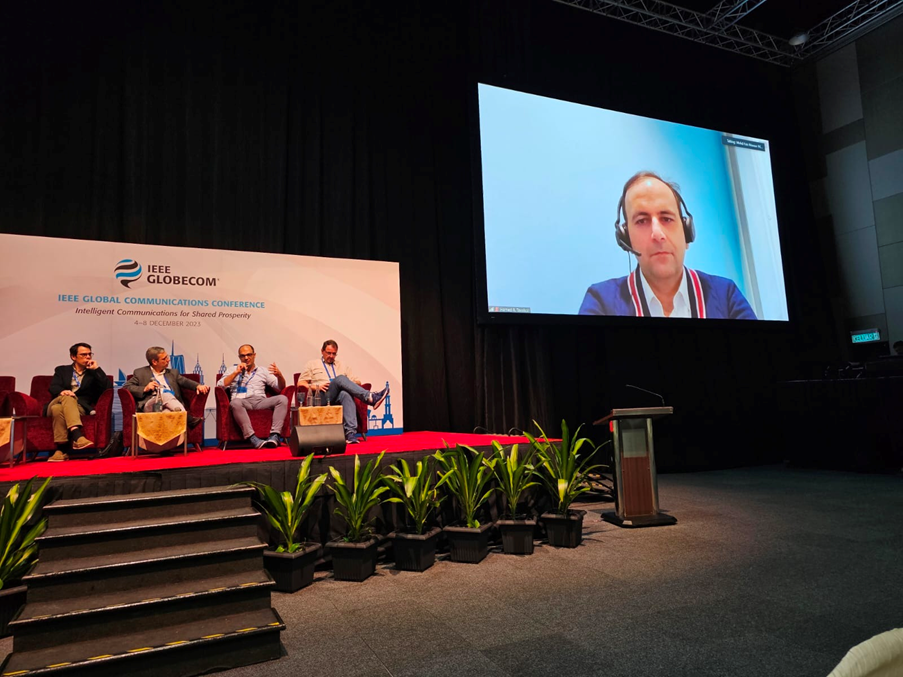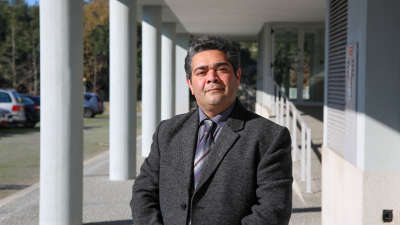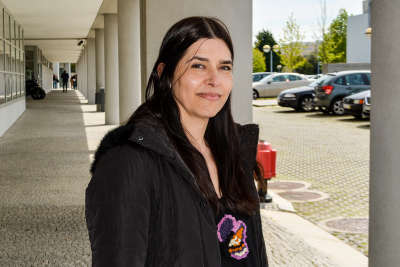Centro de Telecomunicações e Multimédia
A nossa visão é promover um mundo animado e sustentável onde a inteligência em rede permite uma interação ubíqua com o conteúdo sensorial. A missão é desenvolver sistemas e tecnologias avançadas para permitir comunicações de alta capacidade, eficientes e seguras, extração de conhecimento dos média e aplicações multimédia ubíquas imersivas.
No CTM trabalhamos em quatro áreas principais de investigação: Tecnologias Óticas e Eletrónicas, Redes Sem Fios, Tecnologias Multimédia e de Comunicações, e Processamento de Informação e Reconhecimento de Padrões.























































